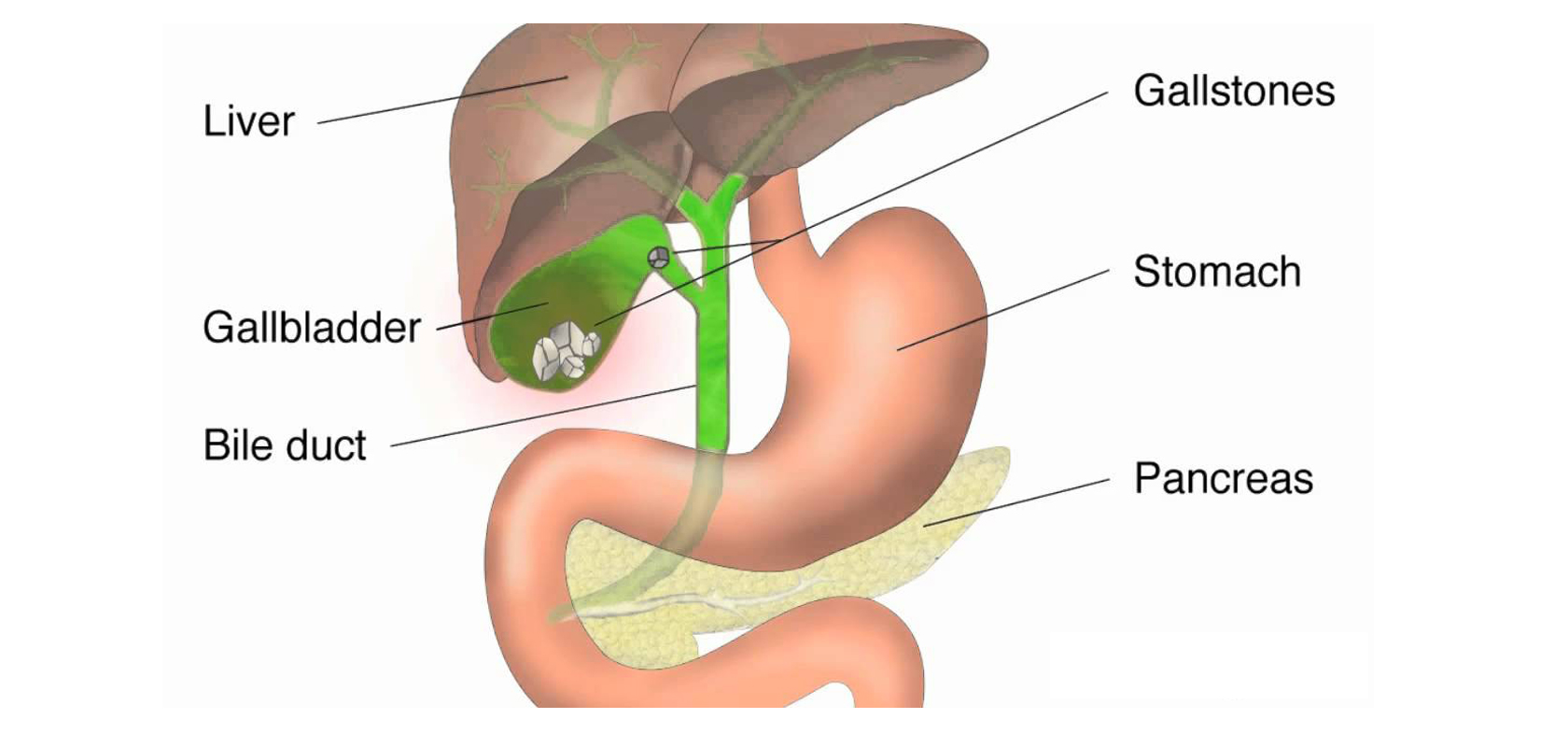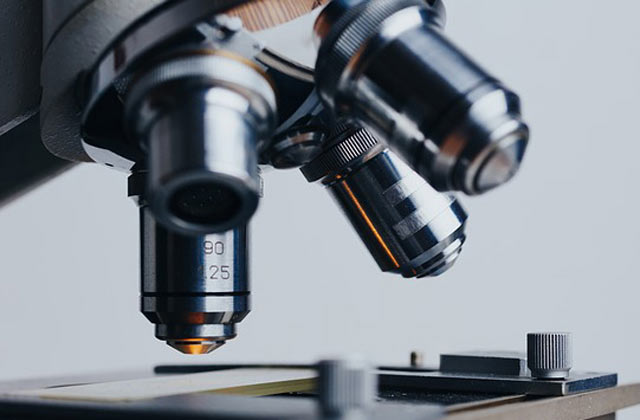- Shriji Complex,Sonkh Adda,Dampier Nagar, Mathura
- +91-9457126888, 8449714305
- consulthomoeopathy@gmail.com
Gallstones
Gallstones, stone-like objects

The gallbladder stores and releases bile which helps digest fats. Sometimes gallstones form in the gallbladder or bile ducts. Gallstones may cause pain.
What are gallstones?
Gallstones are stone-like objects that form in the gallbladder. Gallstones can be tiny (the size of a grain of sand), or may be as large as a golf ball. Depending on the symptoms, people who have gallstones may not need treatment, or they may need to take medication.
What is the gallbladder?
The gallbladder is an organ that resembles a small pear. It is located under the liver on the right side of the abdomen. The function of the gallbladder is to store and dispense bile, a fluid that is produced by the liver and helps digest fats in the foods you eat. Bile is made up of several substances, including bilirubin and cholesterol.
The gallbladder is connected to the liver and the intestine by a group of ducts, including the hepatic duct, the cystic duct, and the common bile duct. When you eat, the gallbladder sends bile through the common bile duct into the intestine to help you digest food, particularly fatty foods.
How do gallstones form?
There are 2 types of gallstones: pigment stones (made up of bilirubin) and cholesterol stones (made up of cholesterol). Most gallstones are cholesterol stones.
Cholesterol gallstones can form when there is too much cholesterol or bilirubin in the bile. Gallstones can also develop if the gallbladder does not completely empty itself of bile. Pigment gallstones may form in people who have certain conditions, such as cirrhosis of the liver or blood disorders.
Signs and Symptoms
In many cases, people who have gallstones do not have any symptoms. These gallstones are known as "silent stones".
The main symptom of gallstones is pain, which can last from several minutes to several hours. Pain can occur when gallstones move from the gallbladder into one of the ducts (the hepatic duct, the cystic duct, and the common bile duct). Gallstones that migrate can cause conditions such as acute cholecystitis (inflammation of the gallbladder), cholangitis (infection and inflammation of the bile ducts), and pancreatitis (inflammation of the pancreas).
The pain may be located in the upper part of the abdomen, between the shoulder blades, or under the right shoulder.
Who is at risk for gallstones?
The following have an increased risk for developing gallstones:
- Women
- People over the age of 40.
- People who have a family history of gallstones (relatives who have the disease).
- People who are overweight or obese.
- People who lose a great deal of weight in a short period of time.
- People who have diabetes.
- People with Crohn’s disease.
- People whose diet is high in fat and cholesterol.
- People who take drugs that lower cholesterol.
Prevention
You can reduce your risk of gallstones if you

